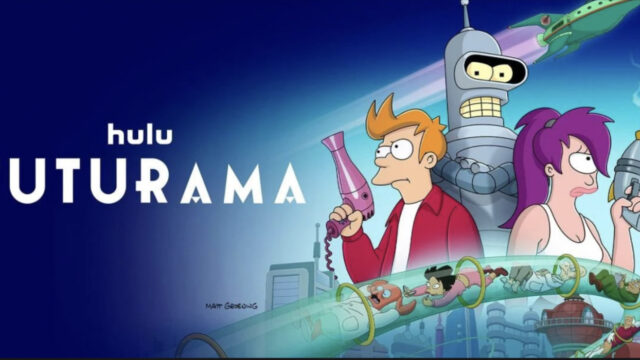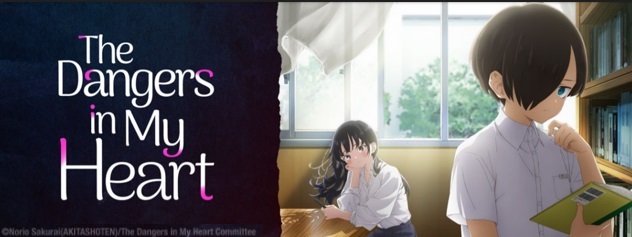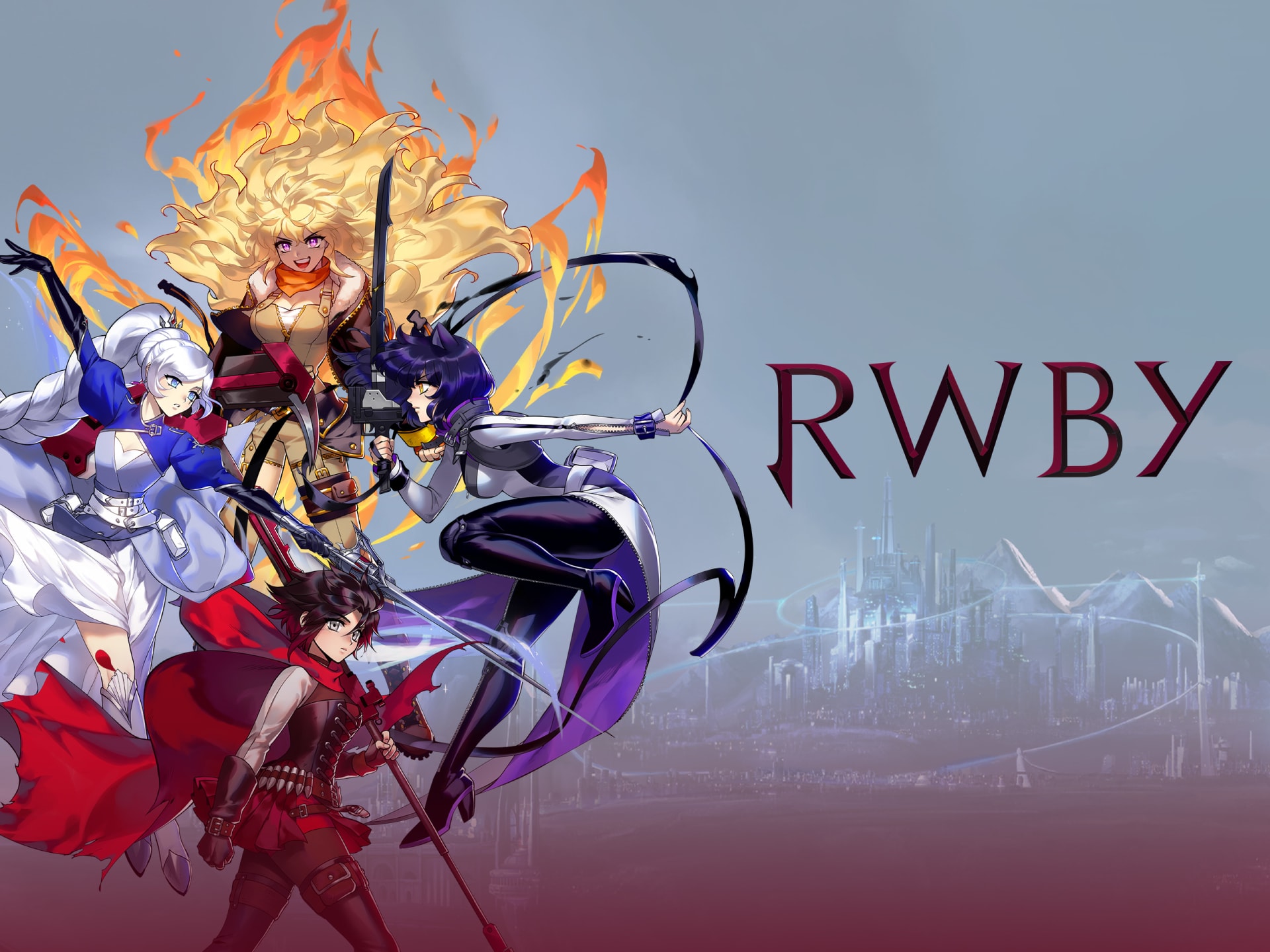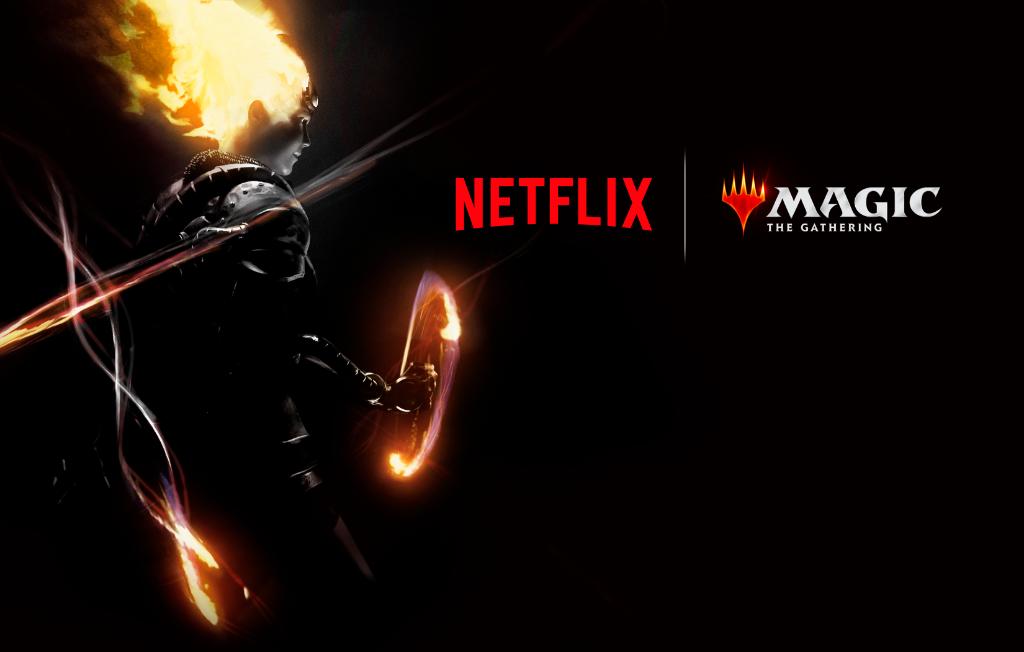English Dub Review: The Boy and the Heron
Overview:
Mahito Maki, a young boy who struggles to find peace and normalcy following his mother’s death, gets pulled out of his comfort zone in more ways than one after his father remarries. Mahito finds himself in new territory, figuratively and literally, when his new life and internal crisis coincide with a fantastical feathered foe. Mahito encounters a combative heron who insists to the boy that not only is his mother alive, but she’s a crucial figure in a magical world where he’s expected.
Our Take:
The Boy and the Heron is a magical, traumatic Freudian fantasy about grief, acceptance, and the world’s reliance on the next generation to break entrenched cycles of destruction. The world will improve, if even at a glacial pace, and it will be possible through children who strive to create and cooperate rather than corrupt and co-opt. These are familiar themes and well-trodden territory for Hayao Miyazaki, but The Boy and the Heron feels like a masterclass in magical, melodramatic storytelling by one of this generation’s most accomplished visual filmmakers. Spirited Away will always have its passionate defenders, but there’s a strong case to be made for The Boy and the Heron as Miyazaki’s magnum opus masterpiece.
The Boy and the Heron begins in the aftermath of the Pacific War as a young boy, Mahito Maki, reckons with the loss of his mother and the avalanche of changes that it triggers in his life. There are clear parallels between this premise, The Wind Rises, and Grave of the Fireflies, but with more personal details pulled from Miyazaki’s real life. This all feeds into a greater necessity for escapism, whether it’s from war, the confines of a bed, the ground, or reality.
This trajectory isn’t atypical for a Miyazaki film, but The Boy and the Heron feels oddly indebted to Alice in Wonderland and other fairytale and folklore staples (or even Pan’s Labyrinth). It’s no coincidence that the audience gets introduced to seven distinct old maids. There are even shades of The Wizard of Oz in The Boy and the Heron, such as how many people in the movie’s alternate world are echoes of people and ideas from Mahito’s reality. Miyazaki pays tribute to these classic fantasy tomes while he remixes them into his own personal trauma tone poems that still manage to universally connect. This all takes on an extra metatextual level of emotion when one connects the dots and realizes that Mahito’s childhood is quite analogous to Miyazaki’s own and that the protagonist is designed to be a creator analog to some degree.
The Boy and the Heron touches on many intimate ideas. However, the biggest lesson that the movie preaches is the virtue of a world that’s evolved to a point of post-conflict. The Boy and the Heron argues that it’s not silly to put faith in the next generation to correct the sins of the past and push the world towards something better through incremental optimism. It’s an agenda that more closely aligns with the violent nature of Miyazaki’s Princess Mononoke or Nausicaä of the Valley of the Wind, but it’s even more unflinching with its depiction of loss. The movie makes it clear that the older generation–like Mahito’s father–are resigned to avenge and doomed to fail as a result. It’s the coming generation who finally have the insight to cooperate and heal over reactionary violence. The world is convicted to experience hollow doppelgangers and empty variations on a theme unless the next generation breaks this pattern.
The collapse of The Boy and the Heron’s magical alternate world, while it’s somewhat played for laughs, still speaks to the failure of revenge over rebirth and how the alternate magic world is doomed because a generation of people like Mahito can change the status quo. One would think that an ending where Mahito usurps his granduncle and lives happily ever after as the magical leader of this world, without malice, would be a positive ending. However, this is still artificial escapism where Mahito’s failure to confront his grief and properly move on would effectively masquerade as selflessness. Mahito, like the protagonist in most Miyazaki movies, needs to return home. The Boy and the Heron begins with the chaotic wail of sirens, only to conclude with serenity and peace. There’s nary even a heron squawk. Mahito’s story poetically comes full-circle.
The Boy and the Heron’s Mahito is a protagonist who is just haunted by trauma. He’s so sad and one of Miyazaki’s more hardened heroes. Studio Ghibli films are usually rich in compelling protagonists, yet Mahito really accomplishes a lot with so little. The character is sparse with his dialogue, but he makes every word count and his raw feelings are palpable from the movie’s start. There’s a lonelier quality to the film’s first-half before Mahito opens himself up to teamwork as a means to grow and succeed.
There’s an entertaining two-hander comedic element through the movie’s second act that almost creates a feeling that’s akin to Mario and Wario needing to work together in order to save Peach. It’s a testament to Robert Pattinson’s work. His performance as the Grey Heron is hopefully just the start of a rich voice acting career. Each dub actor fits their roles well, with certain returning Miyazaki dub performers, like Christian Bale, adding a little something extra to their vocalizations. Lady Himi’s seven elderly “old maids” are also an excellent source of comic relief, particularly Florence Pugh’s performance as Kiriko. These characters come across as a ridiculous heightening of Studio Ghibli’s “friendly grandma” trope from past films.
The Boy and the Heron is full of adorable creatures between the Warawara and plentiful man-eating Parakeet. However, the movie is never about these ancillary entities like it sometimes is in past Ghibli efforts. All of these creatures help flesh out the movie’s world and give it richer context, but they never unnecessarily steal focus. To that point, The Boy and the Heron is fantastical and weird, like most of Miyazaki’s cinematic efforts, but also surprisingly focused with its simplistic mission. Mahito seeks to save his mother and stepmother, proving his worth in the process. It’s a theme that’s prevalent through most of Miyazaki’s oeuvre, yet The Boy and the Heron feels like an adult evolution of such a direct story. The movie occasionally circles the same singular point, albeit in fantastical ways, as Mahito confronts his grief and takes stock of his baggage. It’s a rich arc and there’s a proper sense of growth for Mahito by the film’s end.
The Boy and the Heron is Hayao Miyazaki, Studio Ghibli, and the animated medium at the top of their games. The movie beautifully plays through Miyazaki’s greatest hits while it evolves ideas that have been with the filmmaker since the start of his career. It’s beautiful to see nuanced, emotional stories of loss and rebirth get told with such magical realism and clarity. The Boy and the Heron is a stunning achievement that will be a fitting swan song to Miyazaki’s career if it happens to be his farewell feature.
‘The Boy and the Heron’ is in theaters on December 8th, courtesy of GKIDS


























Just cancel this bird already. The chicken is beyond cooked. It's burnt to a crisp.